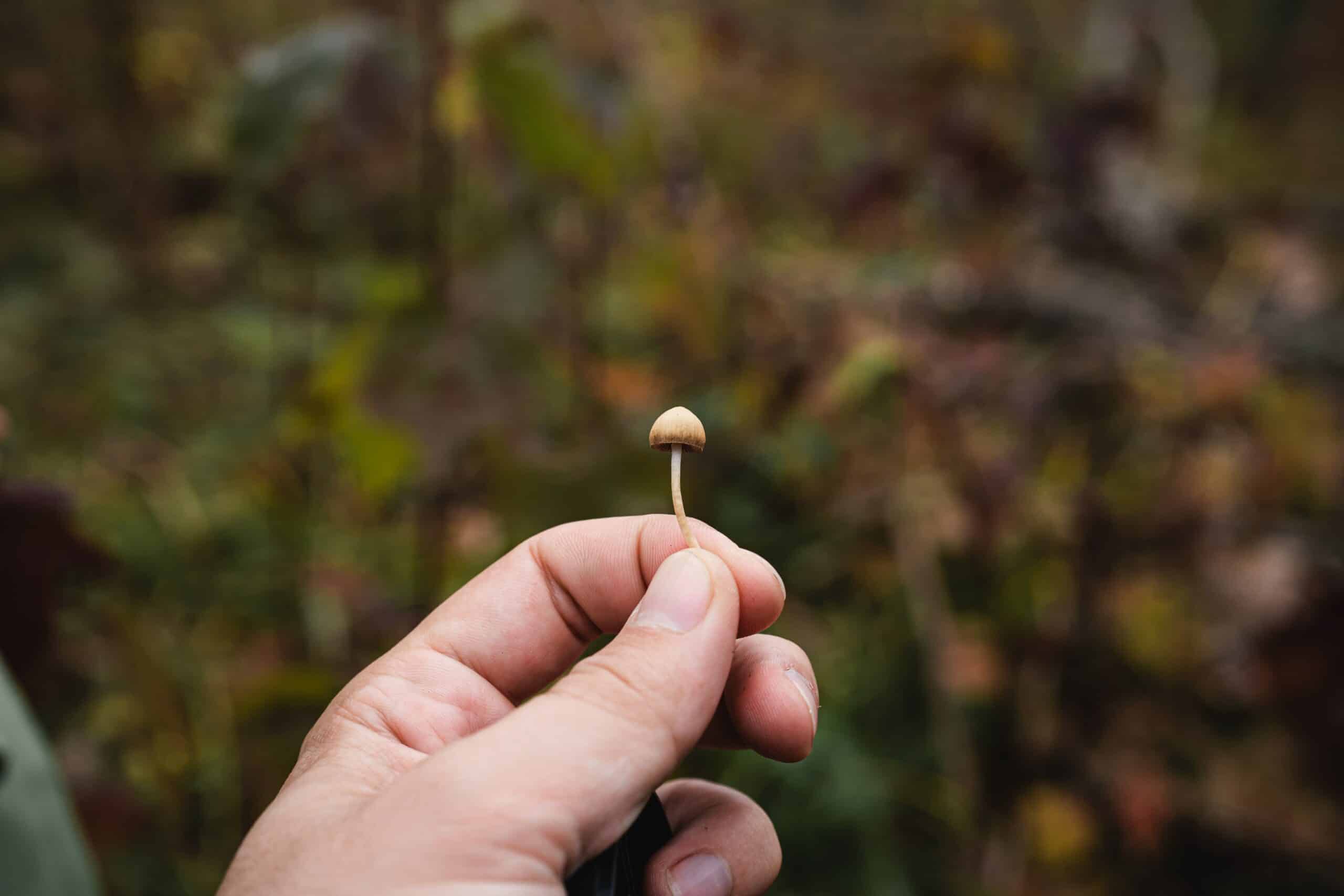
Scientists at The Leibniz Institute for Natural Product Research and Infection Biology, working in collaboration with CaaMTech, recently reported new results investigating terpene-producing enzymes in “magic” mushrooms. These results were recently published in the journal ChemBioChem in a paper titled, “A ‘Magic Mushroom’ Multi-Product Sesquiterpene Synthase.” Psilocybe “magic” mushrooms’ best known component, psilocybin, is a prodrug of the potent 5-HT2A agonist and powerful psychedelic compound, psilocin. However, psilocybin co-exists in “magic” mushrooms with other, less-studied, and structurally similar compounds whose roles and pharmacological properties are poorly understood.
“Psilocybe ‘magic mushrooms’ are chemically well understood for their psychotropic tryptamines. However, the diversity of their other specialized metabolites, in particular terpenoids, has largely remained an open question,” wrote the publication’s authors. “Yet, knowledge on the natural product background is critical to understand if other compounds modulate the psychotropic pharmacological effects.”
Terpenes are a class of compounds commercially used as food and flavor additives and are responsible for some of the entourage effects in cannabis. But little is known about the role and presence of terpenes in fungi. The presence of terpenes in Psilocybe mushrooms was discovered by the collaboration in 2022.
“Psilocybe terpenoid metabolism is surprisingly poorly understood, even though other basidiomycete members of this class of natural products demonstrated remarkable structural diversity and biological effects,” the authors explained.
The researchers conducted genomic sequences of various Psilocybe species. The sequences uncovered “an unexpected wealth of genes” expected to encode sesquiterpene synthases. One such synthase, CubA, was characterized by the scientists in vitro and in vivo and identified as a multifunctional sesquiterpene synthase.
“It’s amazing that these mushrooms were once regarded as merely psilocybin sources,” said CaaMTech CEO, Dr. Andrew Chadeayne. “Professor Hoffmeister’s group continues to establish themselves as the undeniable experts in magic mushroom chemistry.”